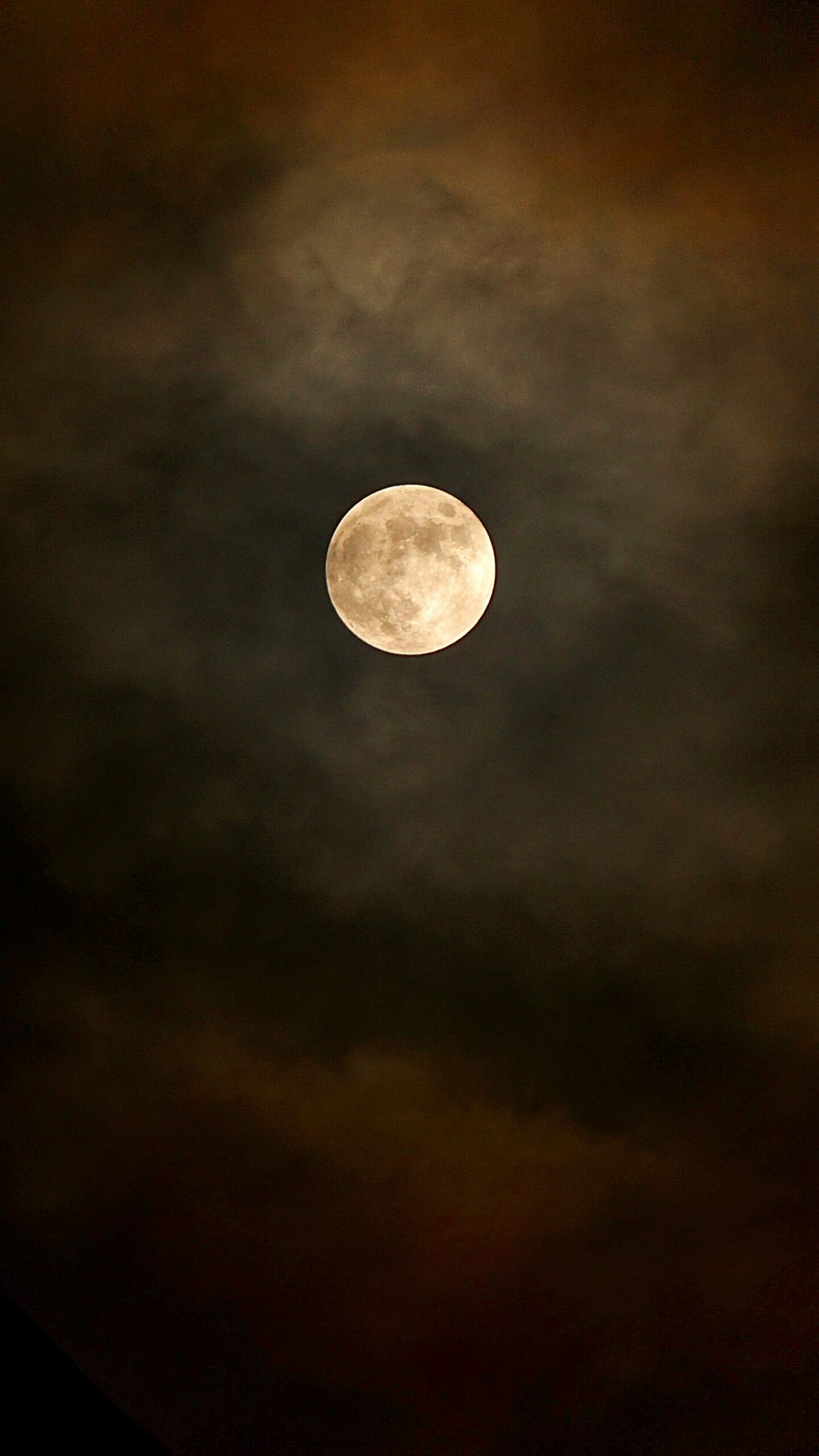
Introduction to the Strawberry Moon
The Strawberry Moon, the full moon that graces the skies each June, carries a legacy steeped in historical and cultural significance. The name ‘Strawberry Moon’ originates from Native American tribes, particularly the Algonquin tribes, who used this lunar event to signal the ripening of strawberries. This timing was critical for these communities, as it marked the beginning of the strawberry harvesting season, an important period for their sustenance and trade.
For many Native American tribes, the lunar cycles were integral to their agricultural practices and cultural rituals. The full moon in June was a celestial reminder that it was time to gather strawberries, which were not only a food source but also held medicinal and ceremonial value.
Beyond Native American traditions, the Strawberry Moon has been acknowledged in various cultures worldwide, each attributing its own unique significance to this lunar phase. In Europe, for instance, it is often referred to as the Rose Moon or the Honey Moon, reflecting the blossoming of roses and the traditional time for honey harvesting.
In summary, the Strawberry Moon is more than just a full moon in June; it is a symbol of natural cycles and human adaptation. Its historical roots in Native American culture underscore a broader theme of harmony with nature, a concept that resonates across different societies and eras. As we explore the Strawberry Moon, we delve into a rich tapestry of history, culture, and the enduring bond between humanity and the natural world.
Astronomical Significance and Timing
The Strawberry Moon, a term commonly used to refer to the full moon in June, holds unique astronomical significance. In 2024, this celestial event is anticipated to occur on June 21st. Precisely, the moon will reach its full phase at 18:08 UTC. During this time, it will be situated in the constellation Sagittarius, shining brightly in the night sky.
The lunar cycle, which spans approximately 29.5 days, is critical to understanding the phases leading up to the full moon. The cycle begins with the new moon, progresses through the first quarter, reaches its peak at the full moon, and concludes with the last quarter. Each phase is a result of the moon’s orbit around Earth, causing varying portions of its surface to be illuminated by the sun.
During the Strawberry Moon, the moon’s position relative to Earth and the sun is such that the entire face of the moon is illuminated. This makes it a significant event for both amateur and professional astronomers. Additionally, the moon’s elevation in the sky will be relatively high, providing optimal viewing conditions. Observers can look for the full moon rising shortly after sunset and setting just before sunrise the next day.
June 2024 also brings with it other notable astronomical phenomena. For instance, this period coincides with the visibility of several planets. Jupiter and Saturn will be prominently visible in the night sky, adding to the celestial display. Moreover, the Delta Aquarid meteor shower, which peaks in late June, might provide an added spectacle for stargazers. These concurrent events make the Strawberry Moon an even more captivating experience for those interested in the wonders of the night sky.
Viewing Tips and Photography
The Strawberry Moon, a full moon that graces the sky in June, offers a spectacular natural event for both observation and photography enthusiasts. To make the most out of your moon-gazing experience, it is crucial to consider the best times and locations for optimal visibility. For the clearest and most breathtaking views, seek out locations with minimal light pollution, such as rural areas, parks, or elevated terrains away from city lights. Weather conditions also play a significant role; clear skies are essential for an unobstructed view of the moon.
Engaging activities can enhance your Strawberry Moon experience. Consider organizing a moonlit hike with friends or family, taking advantage of the moon’s glow to explore nature trails at night. Alternatively, a moonlit picnic provides a serene and memorable way to enjoy the full moon, combining the beauty of the night sky with the comfort of good company and delicious food.
Cultural Celebrations and Traditions
The Strawberry Moon, also known as the full moon of June, has been celebrated across various cultures for centuries. In Native American traditions, particularly among the Algonquin tribes, this full moon signified the start of the strawberry harvesting season.
In Europe, particularly in ancient Celtic and Druidic traditions, the June full moon was a time for community gatherings and rituals that honored the natural world. Celebrations often included feasts, bonfires, and dances, all aimed at welcoming the abundance of summer.
In Asia, the Strawberry Moon is closely associated with the Buddhist festival of Poson in Sri Lanka, commemorating the introduction of Buddhism to the island. The festival includes processions, devotional songs, and almsgiving, reflecting the spiritual significance of the lunar event.
Modern communities worldwide continue to find meaning in the Strawberry Moon. Festivals celebrating this lunar event often blend traditional customs with contemporary activities such as moonlit yoga sessions, musical performances, and community picnics. These gatherings not only honor the historical significance of the Strawberry Moon but also foster a sense of community and connection to nature.
Special events are planned for June 2024 to mark the Strawberry Moon, ranging from cultural festivals to astronomical observations.These events provide an opportunity for people of all ages to engage with the rich tapestry of traditions surrounding the Strawberry Moon.

Nice information on this chapter 😊